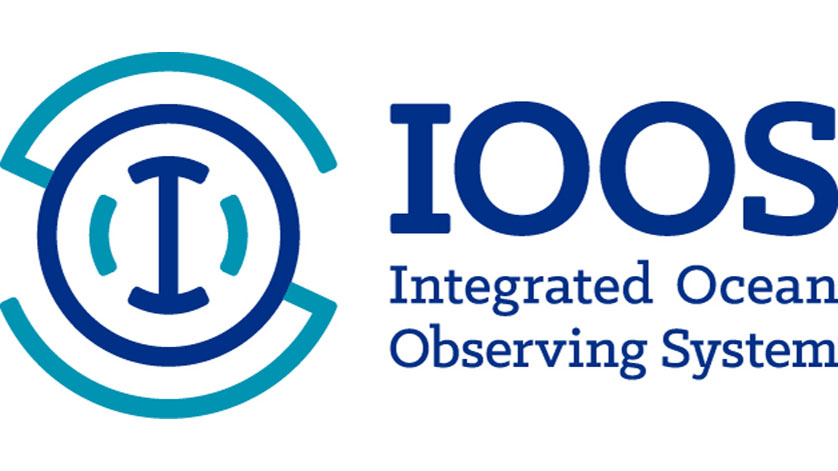Manual for Real-Time Quality Control of Passive Acoustics Observations

The U.S. Integrated Ocean Observing System (IOOS®) Quality Assurance/Quality Control of Real-Time Oceanographic Data (QARTOD) Project has published the Manual for Real-Time Quality Control of Passive Acoustics Observations. This manual is the eleventh in a series of documents that offer guidance for ensuring the highest possible quality of real-time data.
Passive acoustics involves monitoring underwater noise for long periods, which results in large datasets. Mark Bushnell, Technical Coordinator of the QARTOD Project, says that these large datasets present a special challenge for passive acoustics telemetry. “Advances in telemetry and power has enhanced the real-time acquisition and use of acoustic data. The timing is right for the creation of this QC manual,” said Bushnell.
One effective way to ensure adequate power and data collection is the use of cabled observatories. For example, the Ocean Networks Canada (ONC) observatory is designed to observe ocean processes using bottom-mounted instrument platforms cabled to shore stations. Tom Dakin, the Sensor Technologies Development Officer at the Innovation Centre for ONC, says, “There are many dozens of acoustic networks around the world, generating hundreds of terabytes of data. Real-time acoustic data QC is critical to ONC and is part of the larger QA problem. Therefore, we were happy to review the QARTOD manual.”
Scientists also employ passive acoustics technology to monitor underwater noise and ocean processes for various other purposes. For example, measuring the abundance of fish species provides vital information about the health of fish populations for fisheries management. Many species produce a unique sound that can be identified by passive acoustics monitoring; some researchers have even developed databases of those sounds to help identify the presence of certain species of fish, as well as marine mammals and invertebrates.
Passive acoustics technology also helps to track migration patterns of marine mammals and to help vessel operators avoid striking them while underway, especially when the vessel path converges with known migration routes. The technology is also useful for monitoring anthropogenic sound levels, for example, to ensure that there are no adverse effects on marine life from noise levels generated by pile-driving for wind farms and other marine construction, as well as for characterizing baseline noise before a project begins.
Ocean observers most often use hydrophones to monitor acoustic signals, and almost all hydrophones are composed of ceramic transducers that make use of the piezoelectric effect. They are specifically constructed to accommodate targeted frequency response characteristics and are available in a wide variety of frequency ranges and bandwidths.
The U.S. IOOS QARTOD Project also recently updated two existing manuals. The first, Manual for the Use of Real-Time Oceanographic Data Quality Control Flags Version 1.1, was initially published in 2014 and is the basis for explaining the system of flags selected for use in quality control tests developed for each variable. The Manual for Real-Time Quality Control of Wind Data Version 1.1: A Guide to Quality Control and Quality Assurance of Coastal and Oceanic Wind Observation, was first published in 2015, and was reviewed and updated using the QARTOD’s standard process for updating manuals. The data quality control manual on wind speed and direction is one of eleven such manuals describing specific variables. Other variables include dissolved oxygen, in-situ currents, in-situ waves, temperature/salinity, water levels, ocean optics, high-frequency radar surface currents, dissolved nutrients, and phytoplankton.
The content for QARTOD data quality control manuals comes from a diverse community of ocean-observing experts, including representatives of local, state, and federal governments in the U.S., as well as sensor manufacturers and academic institutions from the U.S. and abroad. These experts have extensive knowledge about the variable being addressed and are widely known and respected in their fields. In some cases, there experts provide pertinent content, and others serve as reviewers for QARTOD manuals, providing suggestions to ensure a usable document for data providers. Manual content is subject to the approval of the U.S. IOOS Director, Project Manager, and QARTOD Board of Advisors.
For more information about the U.S. IOOS QARTOD Project, click here.

